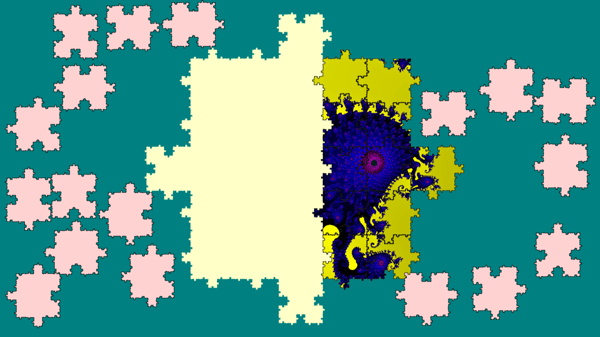Today a team of physicists announced that LIGO has detected gravitational waves according to the General theory of relativity.
Physical Review Letters: Observation of Gravitational Waves from a Binary Black Hole Merger. By B. P. Abbott et al. (LIGO Scientific Collaboration and Virgo Collaboration). Phys. Rev. Lett. 116, 061102 – Published 11 February 2016. (See also here at LIGO.)
New York Times: Gravitational Waves Detected, Confirming Einstein’s Theory.
“That faint rising tone, physicists say, is the first direct evidence of gravitational waves, the ripples in the fabric of space-time that Einstein predicted a century ago (Listen to it here.). And it is a ringing (pun intended) confirmation of the nature of black holes, the bottomless gravitational pits from which not even light can escape, which were the most foreboding (and unwelcome) part of his theory.”
The New Yorker: Gravitational Waves Exist: The Inside Story of How Scientists Finally Found Them.
“Just over a billion years ago, many millions of galaxies from here, a pair of black holes collided. […] The waves rippled outward in every direction, weakening as they went. On Earth, dinosaurs arose, evolved, and went extinct. The waves kept going. About fifty thousand years ago, they entered our own Milky Way galaxy, just as Homo sapiens were beginning to replace our Neanderthal cousins as the planet’s dominant species of ape. A hundred years ago, Albert Einstein, one of the more advanced members of the species, predicted the waves’ existence, inspiring decades of speculation and fruitless searching. Twenty-two years ago, construction began on an enormous detector, the Laser Interferometer Gravitational-Wave Observatory (LIGO). Then, on September 14, 2015, at just before eleven in the morning, Central European Time, the waves reached Earth.”
PhD Comic: Gravitational Waves Explained.
Deutsche Welle:
Weltraum: Einstein hatte recht! “Dafür müsste es den Nobelpreis geben. US-Forscher vom LIGO-Observatorium haben verkündet, dass sie erstmals Gravitationswellen beobachet haben. Ein großer Moment für die Wissenschaft – und fürs Netz.”
Wissenschaft: Wissenschaftler beobachten erstmals Gravitationswellen. “Es ist ein Jahrhunderterfolg: Weltraumforscher haben nach eigenen Angaben die von Albert Einstein vor 100 Jahren vorhergesagten Gravitationswellen erstmals direkt nachgewiesen.”
Weltraum: 6 Dinge, die Sie über Gravitationswellen wissen müssen. “US-Forscher haben erstmals die Existenz von Gravitationswellen nachgewiesen. Eine Sensation – denn damit ist Einsteins Theorie nach 100 Jahren endlich bewiesen! Hier die wichtigsten Fakten zur Gravitation.”
SciLogs: Relativ einfach: Was sind eigentlich Gravitationswellen? (GW Teil 1), Gravitationswellendetektoren: wie sie funktionieren (GW Teil 2), Gravitationswellenquellen (GW Teil 3). Von Markus Pössel.
Und hier noch das Liveblog von der Pressekonferenz heute.
ScienceBlogs: Astrodicticum Simplex: Der direkte Nachweis von Gravitationswellen, Was können und wozu braucht man Gravitationswellen? Von Florian Freistetter.
Some links via MetaFilter and Schockwellenreiter.

